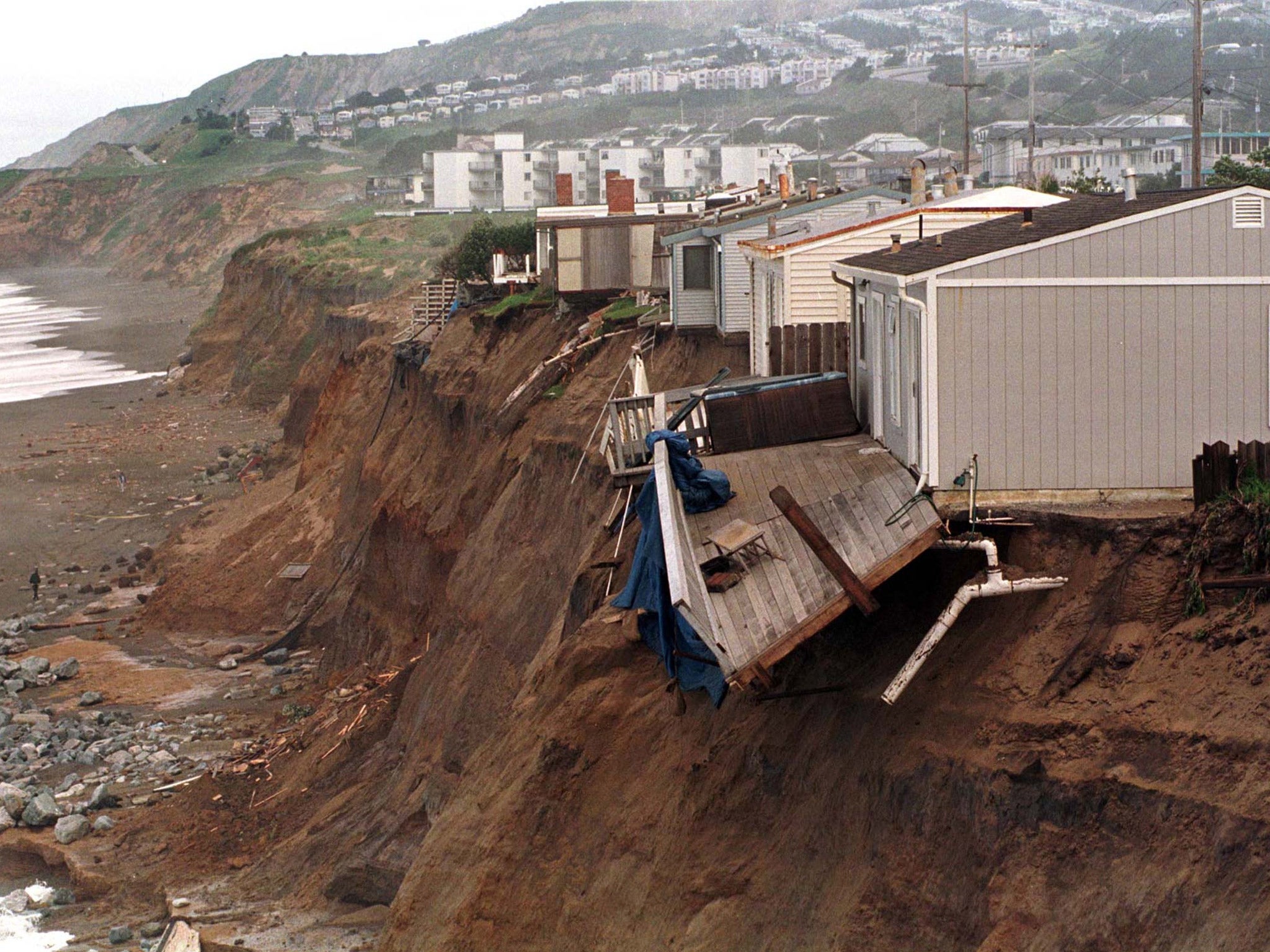El Nino: What does this wild weather phenomenon mean for the UK?

After steadily mounting speculation in recent weeks, the Met Office has confirmed that the world is almost certainly going to be struck by an El Nino event this year for the first time since 2009/10 – and probably by the end of the summer. The Independent looks at what this means for people around the world.
What is an El Nino phenomenon?
An El Nino event occurs when the prevailing trade winds that circulate over surface waters in the tropical pacific start to weaken. This allows the warm waters of the western pacific to wash back eastward, dragging precipitation with it, resulting in droughts in some countries and heavy rains in others.
How often do they occur?
Every two to seven years.
Are we definitely getting one this year?
Not definitely, but very likely indeed. The Met Office has said it's “probable”, while the United Nations forecasts an 80 per cent chance that we’ll get one by October and a 60 per cent likelihood that it could before August.
How worried should we be?
It depends where you live, but globally speaking the Met Office said an El Nino has the potential to induce “major climatic impacts”.
Where will be hardest hit?
India, Indonesia and Australia are likely to become much drier, increasing the chances of wildfires, lower crop production and rising food prices.
Meanwhile, the phenomenon precipitates heavier rainfall in the South American and eastern Pacific nations, raising the prospect of floods and landslides.
Overall, India is likely to suffer the most because El Nino increases the risk of a poor monsoon season by two to three times – potentially depriving the country of rains that are crucial to its crops and livelihoods.
Will the UK be affected?
Quite possibly, although as usual with the weather, it’s difficult to say for sure. The Met Office said El Nino increases the prospect of snow in the UK and contributed to the massive flurries seen last time the phenomenon visited in 2009/10. However, as only one of the factors influencing the weather, snow cannot be assured.
When was the worst El Nino?
The El Nino of 1997-8 caused deadly mudslides in South America, a crippling drought in South East Asia and extreme weather almost everywhere else. By contrast, the Met Office said the one it expects this year will be “weak to moderate” – similar to the last one in 2009/10.
Does El Nino always spell bad news?
Not always, no. For example, this time round it’s expected to bring much needed rain to the American west, which has been subjected to a severe drought in recent months.
Why El Nino?
The name is thought to have been coined in the 19th Century after Peruvian fishermen observed it around Christmas. The word is Spanish for boy, in reference to the infant Jesus Christ.
Any relation of La Nina?
Yes, they’re diametrically opposed brother and sister. La Nina, the word for girl, was devised later to label the reverse phenomenon, which is characterised by unusually cool ocean surface temperatures in the central and eastern tropical Pacific – the last of which ended in April 2012.
Subscribe to Independent Premium to bookmark this article
Want to bookmark your favourite articles and stories to read or reference later? Start your Independent Premium subscription today.

Join our commenting forum
Join thought-provoking conversations, follow other Independent readers and see their replies